The problem
Oil and gas reservoirs are depleting at a frightening rate, projected to reach -10% by 2030. Maturing oilfields require better revitalization methods to alleviate or even negate this trend. How and to what extent can computer modeling complement well treatments for revitalization?

Forecasts to 2100 of production of four aggregations of classes of oil. Laherrère, Hall, Bentley 2022 (Curr Res in Env Sust), Total et al. https://doi.org/10.1016/j.crsust.2022.100174
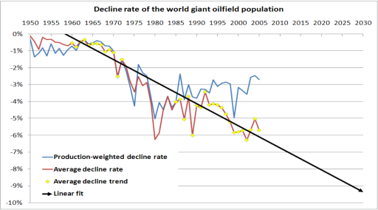
Giant oil field decline rates and their influence on world oil production. Höök, Hirsch, Aleklett 2009 (Energy Policy), Uppsala University et al. https://doi.org/10.1016/j.enpol.2009.02.020
The solution
Our 3-level platform is a holistic approach of modeling different well treatments in a single AI-powered environment for the entire well stock — allows to achieve additional 10-20% increase in oil production, potentially bringing $35-70 billion of additional annual revenue to the whole O&G industry.
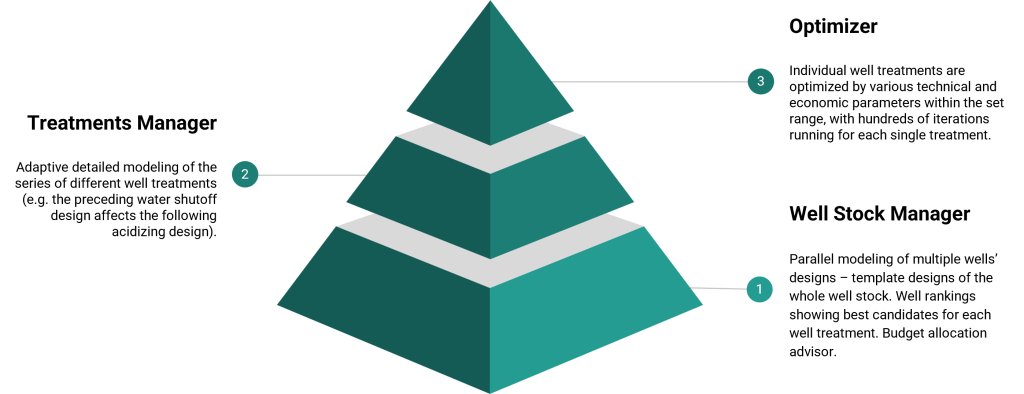
The product
Modules
Functions
Benefits
Customer cases
AI Component
Limitations of Deterministic Numerical Models at High Workload
In our Well Stock Manager, the computational costs of deterministic methods may become prohibitively high, especially in cases when multiple well treatment types are being modeled for large well stocks with a considerable number of design iterations for each well+treatment.
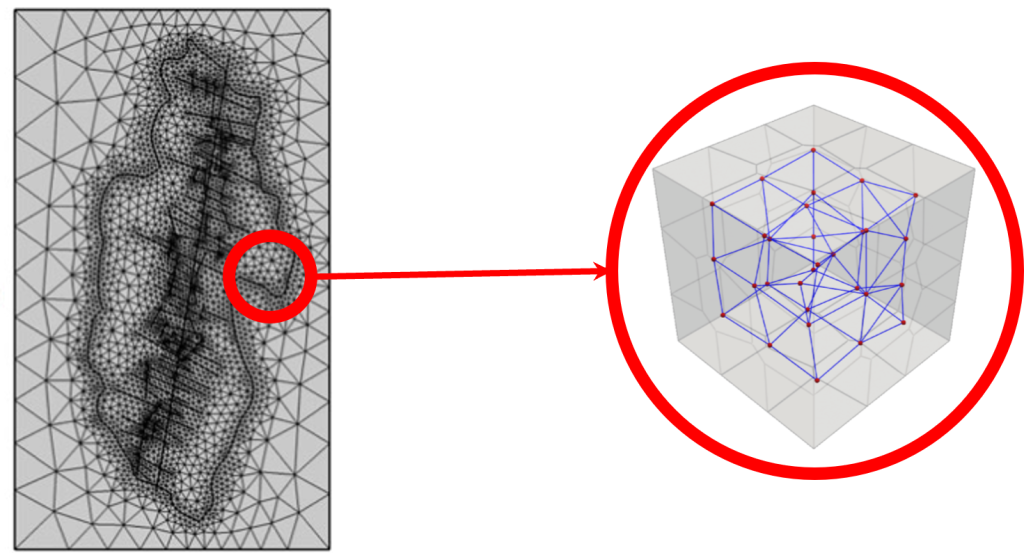
Traditional simulations using finite difference method:
Incorporating graph neural networks (GNN):
Learning Mesh-Based Simulation with Graph Networks Pfaff, Fortunato, Sanchez-Gonzalez, Battaglia 2021 (ICLR), DeepMind
Mesh-Based Flow Simulation using Graph Neural Networks
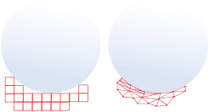
Irregular meshes (right) are far better suited to model general, non-rectangular geometries accurately compared to regular grids (left)

A dynamic mesh-based simulation, mapping fluid velocity over time in the presence of an obstacle
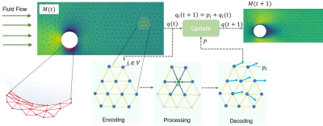
Overview of the GNN model training process
For the high-volume tasks we are to replace our deterministic numerical models with GNN (where graphs represent formation geometry and structure), trained on the results of our regular models involving systems of linear equations. While the accuracy (convergence) of the GNN remains high, the computational speed is 1-2 orders of magnitude faster than the simulation on which it is trained.
Learning Mesh-Based Flow Simulations on Graph Networks Rayan Kanfar 2022 (Medium), Stanford University, Saudi Aramco
For more details, contact us.



